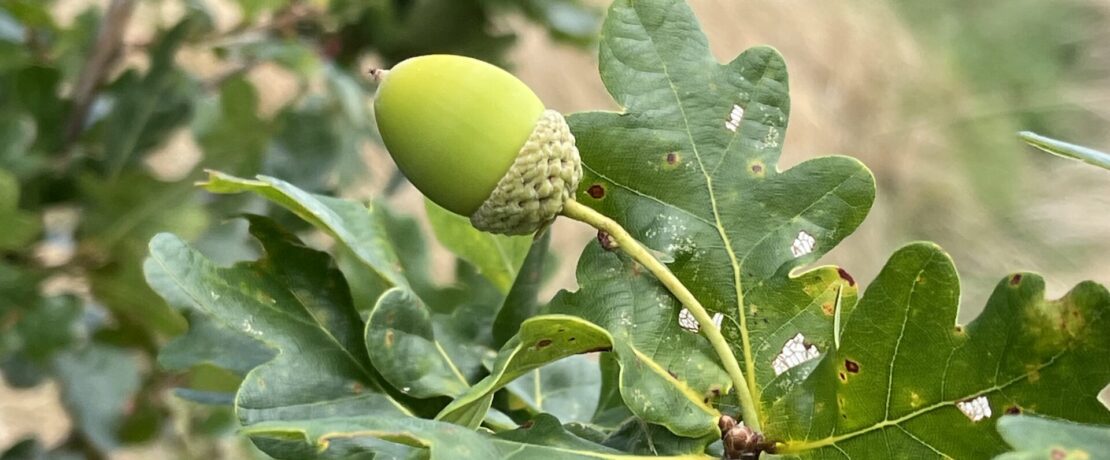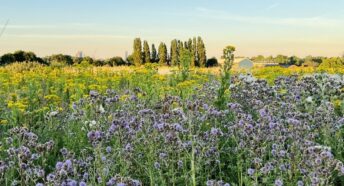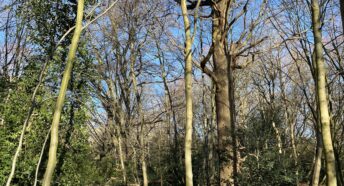Take one acorn…a remarkable journey
It makes sense that we compare inspirational projects to creation of a ‘mighty oak tree from a tiny acorn’.
The life cycle of the oak tree is a remarkable journey. One tiny seed – now appearing on trees throughout the capital as autumn approaches – holds the potential to become a majestic oak, shaping ecosystems and landscapes for years to come.
Hundreds of oaks flourish in London’s parks and woodlands. They even lend their name to familiar parts of the capital, such as Gospel Oak.
Ancient oaks can be spotted in areas as far apart as Richmond Park, Highgate Woods, and Enfield Chase, forming a centuries-old link with our forebears. Some are believed to be more than 500 years old.
Acorns come in different shapes and sizes, depending on the species. When mature, the acorn falls away from the tree to the ground, to await its next phase.
The fallen acorn must survive various challenges, including hungry animals and harsh weather. If lucky, it will find a suitable spot to take root. With the right balance of moisture, sunlight and temperature, the acorn begins to germinate.
As roots form beneath, the acorn’s seed leaves (cotyledons) sprout from the top. These provide initial nourishment and energy for the emerging seedling.
After this kickstart, the young oak develops true leaves. These allow the seedling to harness sunlight for photosynthesis, producing sugars to fuel further growth.
The seedling invests more energy into developing a sturdy stem and branch structure – still in miniature form. It takes many years for the seedling to mature into a reproductive adult tree.
Once mature, the tree will flower, and produce its own acorns. Oaks are known for masting behaviour, when they produce an abundance of acorns in some years, ensuring a higher chance of reproduction,
Oaks support the greatest biodiversity of any British tree. Over 300 insect species rely on oaks, including the caterpillars of over 60 moth species, in turn feeding birds like tits and warblers. A variety of gall wasps lay eggs in oak buds.
Oaks are renowned for their long lifespan. These trees become part of the natural and cultural heritage of the areas they inhabit, often witnessing generations of human and animal life.
The life cycle of an acorn is testament to the resilience and adaptability of nature. From the seemingly ordinary beginnings of a small seed, the acorn’s journey unfolds into a story of endurance, growth, and a vital role in the intricate web of life on earth.
The oak is just the start – CPRE London is campaigning for a ring of trees, an M25 of trees, to encircle the capital. Find out more Tree Ring Community Forest for London – CPRE London
Or join us in campaigning for London’s green spaces Green space for all – CPRE London









